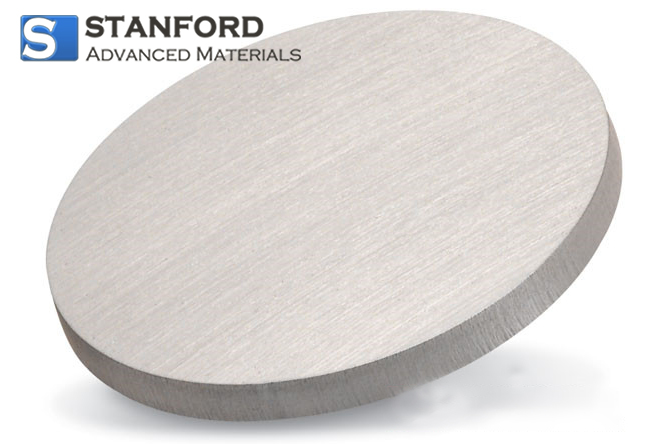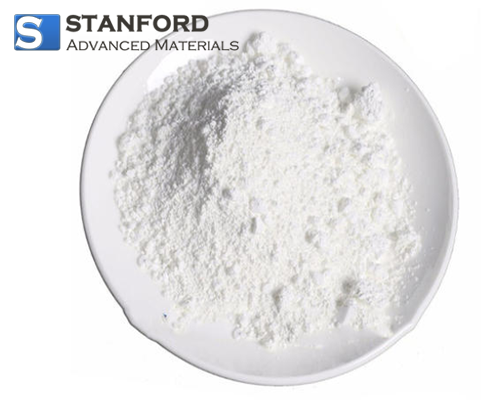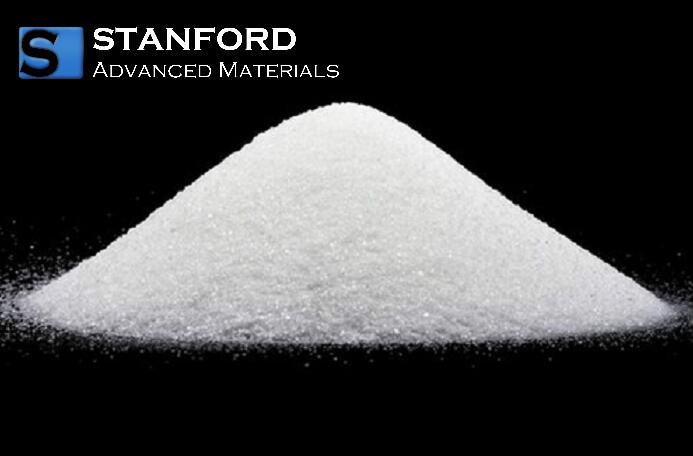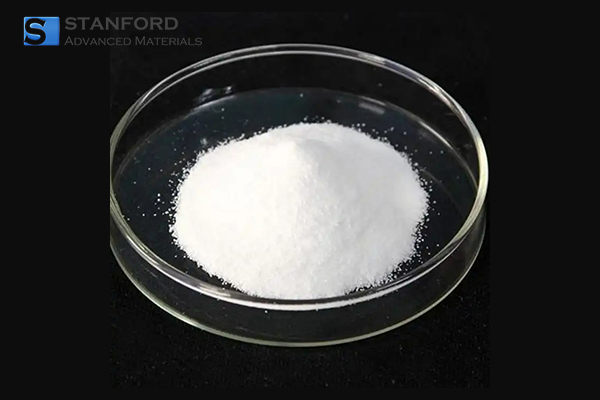Cesium Hydroxide Monohydrate Description
Cesium Hydroxide Monohydrate is a highly reactive compound that is very hygroscopic. Cesium hydroxide is the strongest alkali known. It’s the raw material of cesium products, organic reagents, and medical intermediates. Cesium Hydroxide Monohydrate is a water-soluble Cesium source for use in oxygen-sensitive applications, such as metal production. Cesium Hydroxide Monohydrate (CsOH·H2O) is widely applied in the ceramic, glass, and pharmaceutical industries. It can be used as a reagent for heavy oil desulfurization and as a catalyst for alkaline battery electrolyte and polymerization reactions at low temperatures (as low as - 50℃).
Cesium Hydroxide Monohydrate Specification
Chemical Composition (wt%)
|
CsOH·H2O
|
Elements: ≤
|
|
Li
|
K
|
Na
|
Ca
|
Mg
|
Fe
|
Pb
|
Al
|
SiO2
|
Rb
|
|
≥99.90
|
0.0005
|
0.005
|
0.001
|
0.001
|
0.0005
|
0.0005
|
0.0005
|
0.0005
|
0.002
|
0.050
|
|
≥99.50
|
0.001
|
0.050
|
0.010
|
0.005
|
0.001
|
0.0005
|
0.0005
|
0.001
|
0.005
|
0.200
|
|
≥99.00
|
0.001
|
0.100
|
0.020
|
0.005
|
0.001
|
0.001
|
0.001
|
0.001
|
0.005
|
0.500
|
Cesium Hydroxide Monohydrate Applications
- Chemical Synthesis: Cesium Hydroxide Monohydrate is often used as a strong base in chemical reactions and syntheses. It is employed in the production of various organic and inorganic compounds, including pharmaceuticals, agrochemicals, and specialty chemicals.
- Catalysis: It can act as a catalyst in certain chemical reactions, particularly in organic synthesis, where strong bases are required to facilitate reactions like the aldol condensation and the Michael addition.
- Electrolytes: Cesium Hydroxide Monohydrate can be used in the development of electrolytes for high-energy-density batteries, such as molten salt batteries. Its high ionic conductivity at elevated temperatures is beneficial for battery performance.
- Lithium-Ion Battery Research: In the research and development of advanced lithium-ion batteries, cesium compounds, including Cesium Hydroxide, have been explored as potential additives to improve battery performance and safety.
- Nuclear Reactor Control: Cesium Hydroxide Monohydrate has been used as a neutron-absorbing material in nuclear reactors, primarily in the control rods to regulate the reactor's neutron flux and power output.
- Glass and Ceramics: It is used in the manufacture of specialty glasses and ceramics, where it can act as a fluxing agent to lower the melting point and improve the properties of the final product.
- Semiconductor Manufacturing: In the semiconductor industry, Cesium Hydroxide Monohydrate can be employed in the cleaning and etching processes to remove residues and contaminants from semiconductor surfaces.
Cesium Hydroxide Monohydrate Safety Information
|
Signal Word
|
Danger
|
|
Hazard Statements
|
H302-H314
|
|
Hazard Codes
|
C
|
|
Risk Codes
|
22-35
|
|
Safety Statements
|
26-36/37/39-45
|
|
RTECS Number
|
N/A
|
|
Transport Information
|
UN 2682 8/PG 2
|
|
WGK Germany
|
3
|
Cesium Hydroxide Monohydrate Packaging
Our Cesium Hydroxide Monohydrate is carefully handled during storage and transportation to preserve the quality of our product in its original condition.
Cesium Hydroxide Monohydrate FAQs
Q1. What is Cesium Hydroxide Monohydrate?
A1: Cesium Hydroxide Monohydrate is a chemical compound with the formula CsOH·H₂O. It consists of cesium hydroxide combined with one molecule of water. It is a strong base and is typically found in a white crystalline or powder form.
Q2: How should Cesium Hydroxide Monohydrate be stored?
A2: It should be stored in a cool, dry place, in tightly sealed containers to avoid moisture absorption and carbon dioxide from the air. It should be kept away from acids and incompatible materials.
Q3: What are the key properties of Cesium Hydroxide Monohydrate?
A3: Key properties include:
- Appearance: White crystalline or powder form
- Solubility: Highly soluble in water
- Strongly alkaline, can react with acids to form cesium salts







 Powder.jpg)


